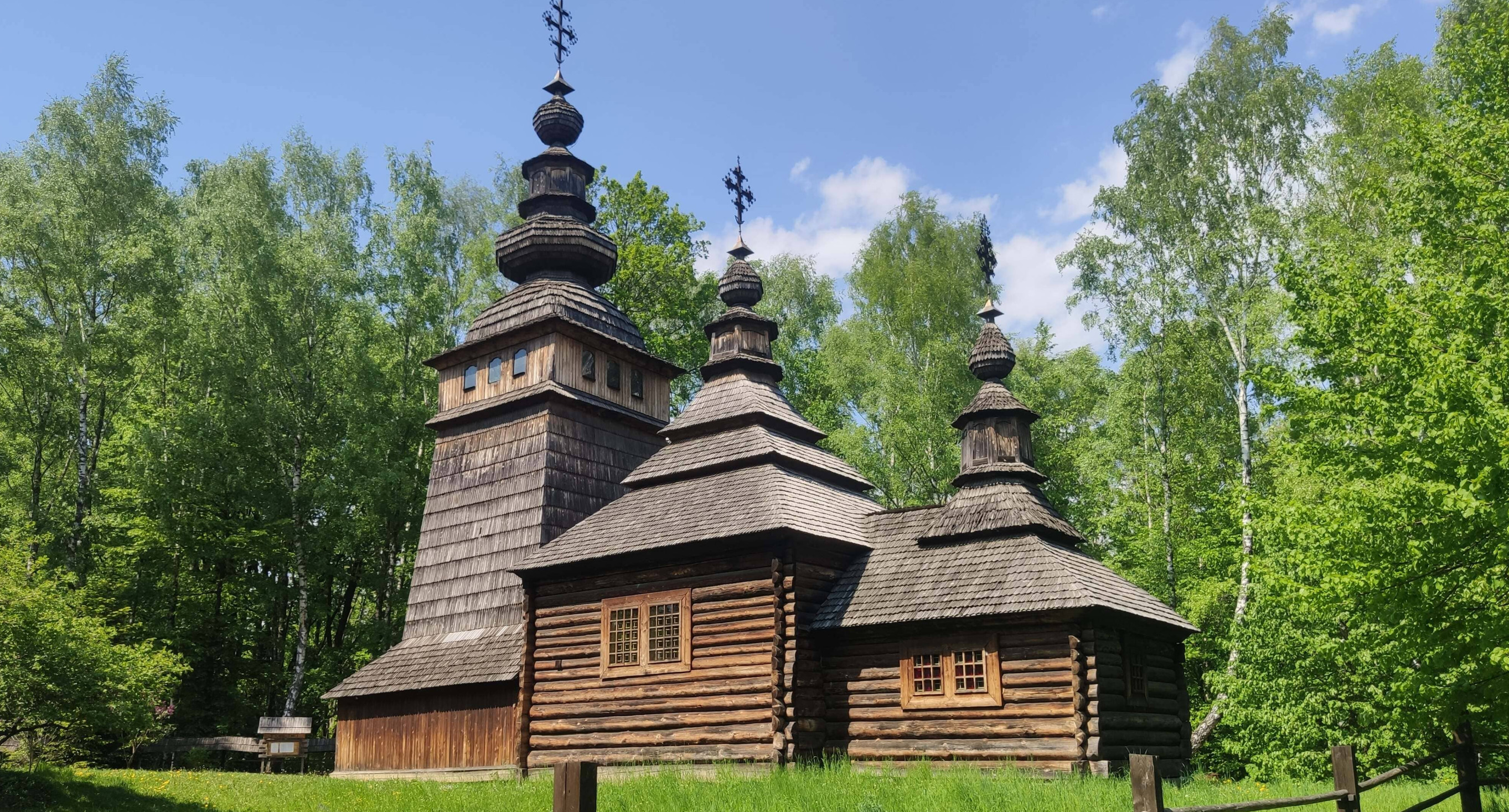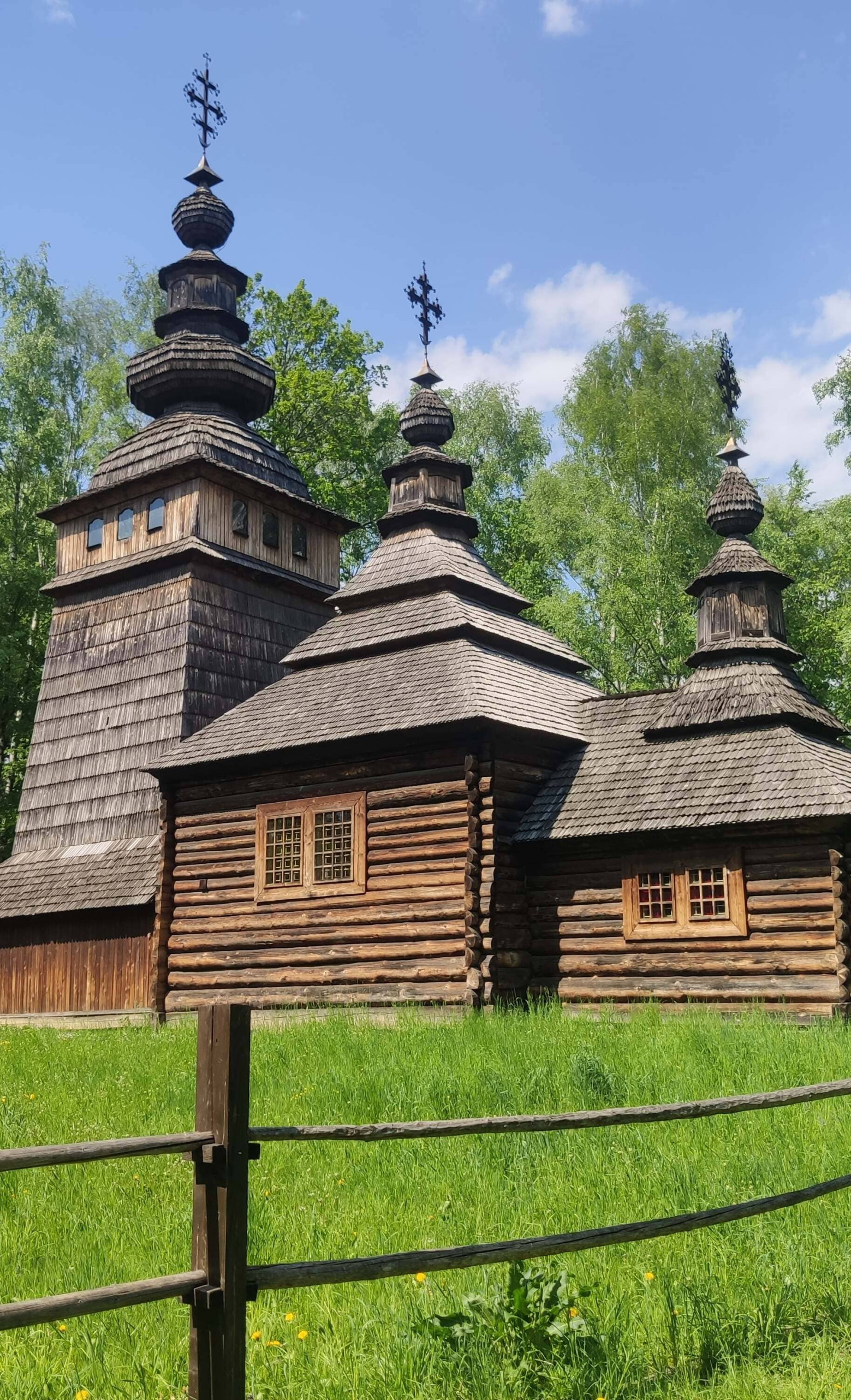Lemkivshchyna is the most western ethnic region of Ukraine. Most of its territory is located in Poland and Slovakia now. In Ukraine there are two districts in Zakarpatska oblast. Lemko people were faced with several mass deportations from their land. In 1944-46 they were forcibly moved to Soviet Ukraine and in 1947 due to Operation Vistula to the West of Poland.
By the way, there are lots of places related to Lemko culture in Lviv. And today we`re going to tell you about them.
The most famous Lemko places in Lviv
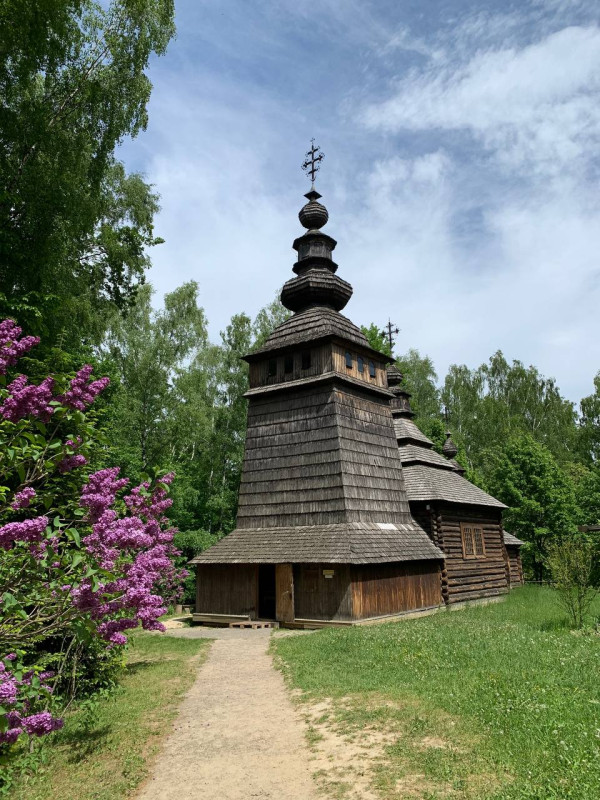
The first point is a skansen museum, Shevchenkivskyi Hai. There is a Lemkivshchyna section which includes a smithy, a hut and a church (a copy of the famous church from Kotan village). The Lemko church is very recognizable by its style as the first tower is the tallest and the next ones are in descending order. By the way, this church is still functioning and Liturgies are held on the second and fourth Sundays of the month. Especially interesting is to listen to the priest who is talking in Lemko dialect.
Also, there are several places related to the poet Bohdan-Ihor Antonych who was born in Lemkivshchyna, in the village of Novytsia. In 1928, he came to Lviv to study at the university. He lived at 50 Horodotska St. where you can see a plaque dedicated to him. Opposite the building, in the square - a bronze monument to the poet was created by Volodymyr Odrekhivskyi, who is also from Lemko family. Bohdan-Ihor died at the age of 27 and was buried at the Yaniv cemetery. In the Soviet period he was banned, and his grave was forgotten, until Ukrainian poet from Lviv, Ihor Kalynets found it in the 60th.
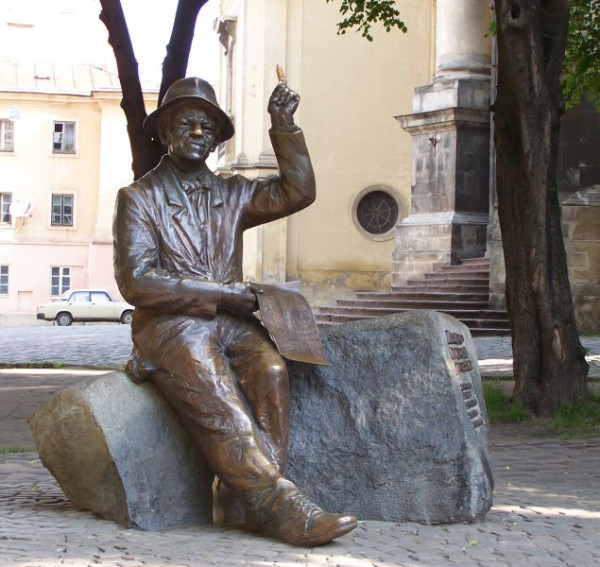
In the very heart of Lviv, beside the Dominican church we see one of the favorite monuments of the citizens and guests, to the artist Epifaniy Drovniak. He was born in the town of Krynytsia in Lemkivshchyna. Drovniak painted mostly on religious themes and about Lemkos life. The world saw Epifaniy`s works thanks to Lviv artist Roman Turyn who was so impressed by his paintings that sent them to an exhibition in Paris, where Drovniak was recognized as a bright representative of naïve painting. Like most Lemko people, the artist was deported to the western Poland, due to Operation Vistula. But three times he returned back home on foot, overcoming about 700 km. So finally he was left in peace, but his name was changed to Nikifor.
On the crossroads of Stusa and Svencickogo streets a monument to deported Ukrainians from Zakerzonnia was opened in 2021. Zakerzonnia includes not only Lemkivshchyna, but also Kholmshchyna, Western Boikivshchyna, Nadsiania, Lubachivshchyna, and Southern Podlasie.
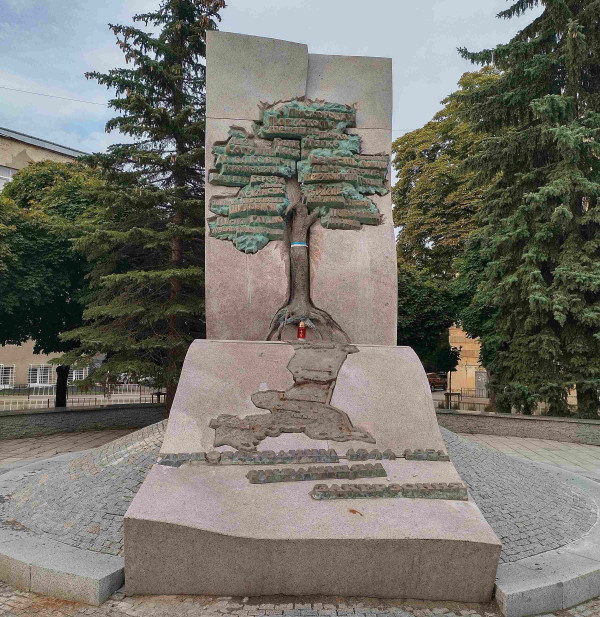
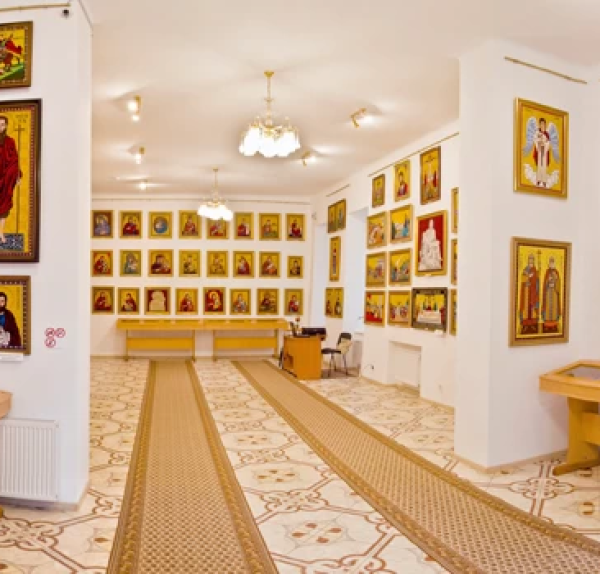
Also in our city there is a unique museum of embroidered icons by priest Dr. Dmytro Blazeyovskiy, who was also a native from Lemkivshchyna. Father started embroidering when he was 63 and lived to be 101.
The museum has about 250 embroidered paintings. Most of them are icons, but also there are paintings of famous poets and nature.
An important place of Lemko culture in Lviv is the organization Lemkivshchyna. It actively works and is a so-called hub of Lemko life in the city. This is a place where meetings, workshops, singing and a lot of different events are held. And, of course, anybody can join them. Every year the organization arranges a trip to the biggest festival of Lemko culture in Zdynia (Poland). Which brings together Lemkos and "those who love Lemkos" from all over the world.
